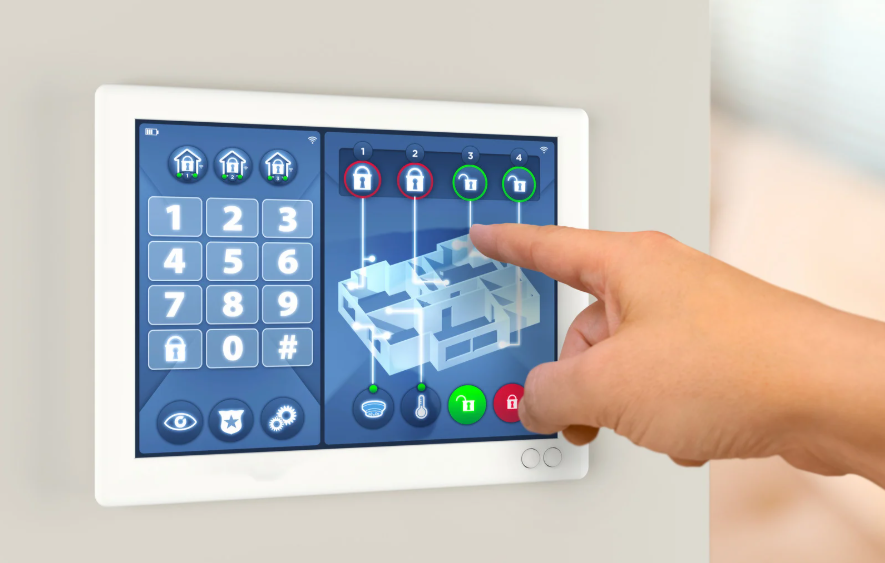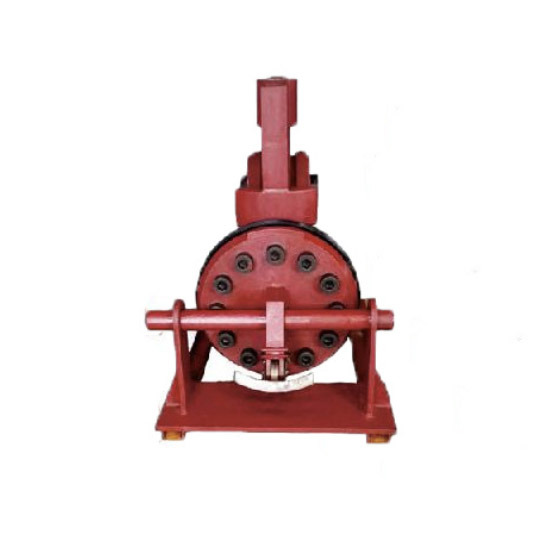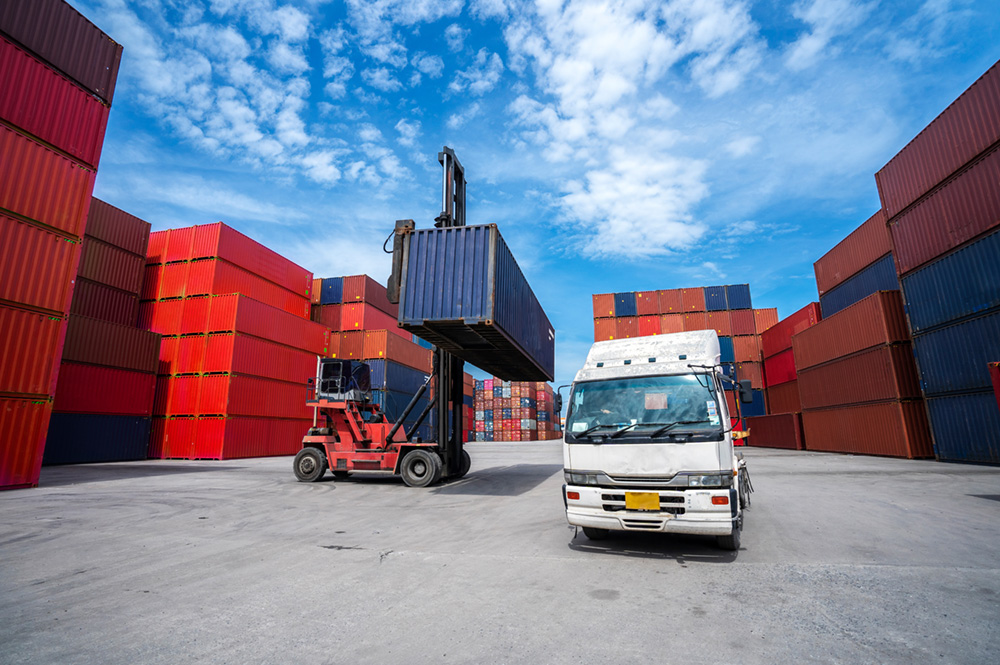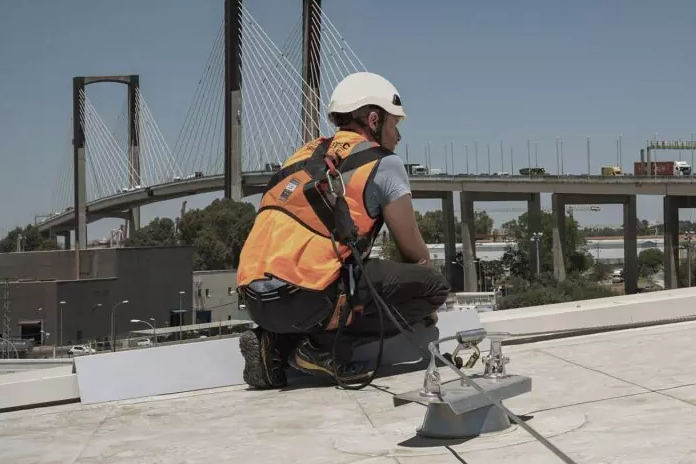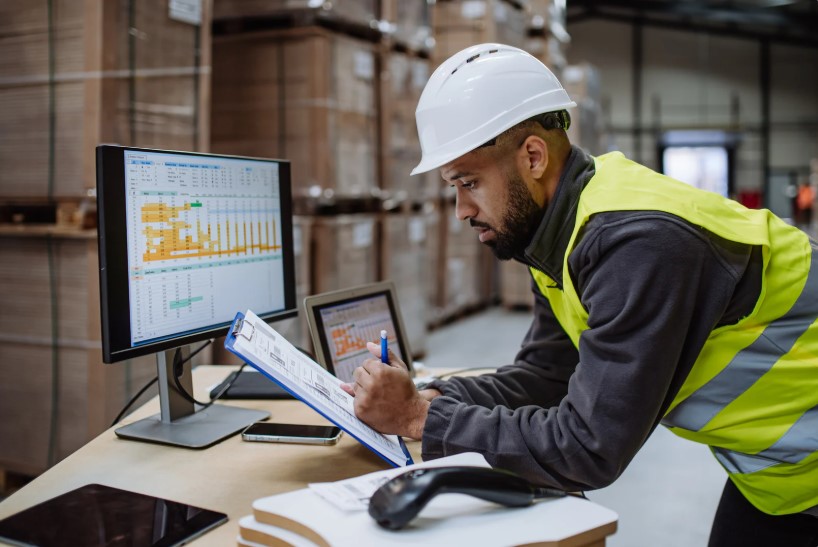As buildings become more advanced, integrating technology to optimize their performance and security is becoming more common. Smart Building Management Systems (BMS) are leading the way in transforming how buildings operate, offering seamless integration of various building functions. In Singapore, where space is at a premium and sustainability is highly valued, Smart Building Management Systems have become an essential tool for modern architecture. These systems enhance not only the security of a building but also its overall performance, making them indispensable for future-proof building designs.
What is a Smart Building Management System?
A Smart Building Management System (BMS) is an advanced system that uses technology to monitor, control, and automate a building’s infrastructure. The core components of a BMS include sensors, IoT devices, automation systems, and AI algorithms that work in harmony to manage different aspects of building operations. These systems are designed to control functions like lighting, heating, ventilation, air conditioning (HVAC), security, and energy management.
Smart Building Management Systems integrate all these components into a single cohesive platform, allowing for real-time monitoring and control. In cities like Singapore, where the demand for energy-efficient, safe, and high-performing buildings is ever-growing, BMS is key to meeting these needs. These systems can adapt to building usage patterns, automatically adjusting lighting and HVAC systems based on occupancy, which improves both energy efficiency and comfort.
How Smart BMS Enhances Security
Improved Surveillance and Monitoring
One of the most notable benefits of Smart Building Management Systems is their ability to enhance building security. With the integration of real-time surveillance systems, BMS allows for constant monitoring of premises through CCTV cameras. These cameras are not only capable of recording footage but can also be linked to automated alert systems that notify security personnel of any suspicious activities. The use of AI-powered analytics further enhances this by identifying unusual behaviors, enabling faster responses to potential threats.
In Singapore, where safety is a top priority in both residential and commercial buildings, the ability to monitor and respond to security breaches instantly is crucial. Smart Building Management Systems ensure that building occupants are protected and that security teams have the tools they need to act quickly and effectively.
Access Control Systems
Another security advantage of Smart BMS is the integration of advanced access control systems. Traditional lock-and-key systems are becoming outdated, replaced by more secure methods like biometric scanners, smart cards, and facial recognition technologies. These systems can be programmed to grant or deny access based on pre-defined security protocols, making it harder for unauthorized individuals to enter restricted areas.
Smart BMS also allows for remote access management, enabling building administrators to monitor access points and grant or revoke access from a distance. This is especially useful in high-security areas like data centers, medical facilities, or government buildings, which are common in Singapore.
Fire and Safety Systems
Smart Building Management Systems also integrate fire detection and safety measures. By using advanced sensors, BMS can detect fire hazards in their earliest stages, often before the human eye can perceive them. This early detection enables a quicker response, triggering automated systems like sprinklers, emergency lighting, and alarm systems to ensure occupant safety.
In a city like Singapore, where high-rise buildings dominate the skyline, having a robust fire and safety system is essential. Smart BMS can be a game-changer in fire prevention, ensuring that buildings are not only safe but also compliant with stringent fire safety regulations.
Enhancing Performance with Smart BMS
Energy Efficiency and Management
One of the primary reasons buildings are adopting Smart Building Management Systems is their ability to optimize energy use. In a Smart BMS, lighting, HVAC, and other utility systems are automated and can adjust based on occupancy and environmental conditions. This means that systems are only running when necessary, reducing waste and lowering energy costs.
In Singapore, where sustainability and energy efficiency are high priorities, Smart BMS is helping buildings meet green building standards. By integrating these systems, businesses can reduce their carbon footprint, contributing to the city’s efforts to promote eco-friendly practices. Additionally, Smart BMS provides real-time data that can be used to further optimize energy consumption, making buildings more cost-efficient and environmentally responsible.
Predictive Maintenance
Another significant benefit of Smart Building Management Systems is predictive maintenance. Sensors embedded in building systems continuously monitor performance, and if any equipment is showing signs of wear or malfunction, the system can alert maintenance teams to address the issue before it escalates. This proactive approach helps prevent costly breakdowns and reduces downtime.
In a city like Singapore, where buildings are often bustling with activity, keeping systems running smoothly is critical to maintaining both security and comfort. Predictive maintenance ensures that essential systems like HVAC units, elevators, and lighting are always functioning at peak performance, minimizing disruption to daily operations.
Optimizing Building Operations
Smart BMS doesn’t just optimize energy; it also helps streamline overall building operations. By collecting data from various systems and sensors, BMS provides actionable insights into how the building is being used. This data can help facility managers improve operational workflows, such as adjusting lighting in underutilized areas or ensuring that heating and cooling systems are running efficiently based on the actual number of occupants.
In Singapore, where real estate is precious, optimizing space usage is vital. Smart BMS can help make the most of every square foot, ensuring that spaces are used efficiently and are comfortable for occupants. These optimizations also lead to cost savings, making Smart BMS a smart choice for both building owners and tenants.
The Integration of AI and IoT in Smart BMS
Artificial Intelligence (AI) and the Internet of Things (IoT) are two of the most powerful technologies driving the evolution of Smart Building Management Systems. AI enables predictive analytics, which can help forecast building performance issues and suggest optimal solutions before problems arise. For example, AI can analyse historical data on energy usage and weather patterns to predict and adjust HVAC settings, ensuring comfort while minimizing energy use.
IoT devices are essential for collecting data in real-time from various building systems and sensors. These devices send data to the central BMS, allowing for automated adjustments and alerts. In Singapore, the IoT-enabled Smart BMS is transforming how buildings manage everything from air quality to lighting, enhancing both security and performance.
Benefits of Smart BMS Beyond Security and Performance
Cost Savings
While the initial setup of a Smart Building Management System may require investment, the long-term cost savings are undeniable. Energy efficiency, predictive maintenance, and operational optimizations all lead to significant reductions in operational costs. These savings can offset the upfront investment and provide ongoing benefits, making BMS a smart financial decision.
Environmental Impact
Smart BMS also helps reduce the environmental impact of buildings. By optimizing energy consumption and improving waste management, buildings can operate more sustainably. In a city like Singapore, where environmental responsibility is crucial, Smart BMS supports the local government’s goals for reducing carbon emissions and promoting green building standards.
Improved User Experience
Finally, Smart Building Management Systems improve the overall user experience for occupants. Automated climate control, efficient lighting, and advanced security systems contribute to a more comfortable and safer environment. These enhancements are especially important in high-density areas like Singapore, where the quality of life in buildings can significantly impact the well-being of residents.
Overcoming Challenges in Implementing Smart BMS
While the benefits of Smart Building Management Systems are clear, there are challenges in implementing these systems. One of the biggest obstacles is the cost of installation. However, as the technology matures, the return on investment becomes more apparent, making it a worthwhile consideration for building owners.
Another challenge is integrating Smart BMS with existing infrastructure. Retrofitting older buildings with these advanced systems can be complex and costly. Yet, for new builds, this is less of an issue, and in Singapore, many new developments are incorporating Smart BMS from the outset to future-proof their operations.
Lastly, data security is a concern with any IoT-enabled system. Ensuring that Smart BMS is secure from cyber threats is paramount, and this is an area that will continue to evolve as technology improves.
Takeaway
Smart Building Management Systems are revolutionizing the way buildings function, improving both security and performance. In Singapore, where innovation and sustainability are at the forefront of urban development, these systems are becoming an integral part of modern building designs. Whether it’s enhancing security through advanced surveillance, ensuring energy efficiency, or improving overall building operations, Smart BMS offers a comprehensive solution. As these systems continue to evolve, they will play an even more crucial role in creating safer, more efficient, and environmentally responsible buildings in the future.

